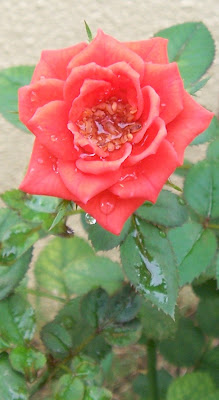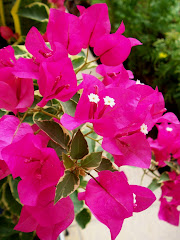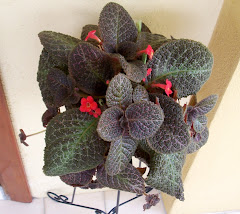

These were the last few blooms mid-November, I snapped pictures after a heavy shower. November has been filled with torrential rains for 2 to 4 hours. Sometimes it rains twice in a day (broad daylight and dark night). Makes me wonder how pretty shrubs could withstand all those abuse.
Miniature Roses, Heliconia, Sanchezia and calathea doing well. Those didn't are Ajuga and Wishbone. I saved Madagascar Periwinkle by pushing its pot inwards away from the heavy downpour. Periwinkle 'Apricot Delight’ didn't do well like 'Terrace Vermilion'.
Good thing though as these rains bring lovely cool winds into our home and strings together the melodious symphony of rain pitter-pattering on our roof. These soothing sounds of nature lulls us to sleep.











